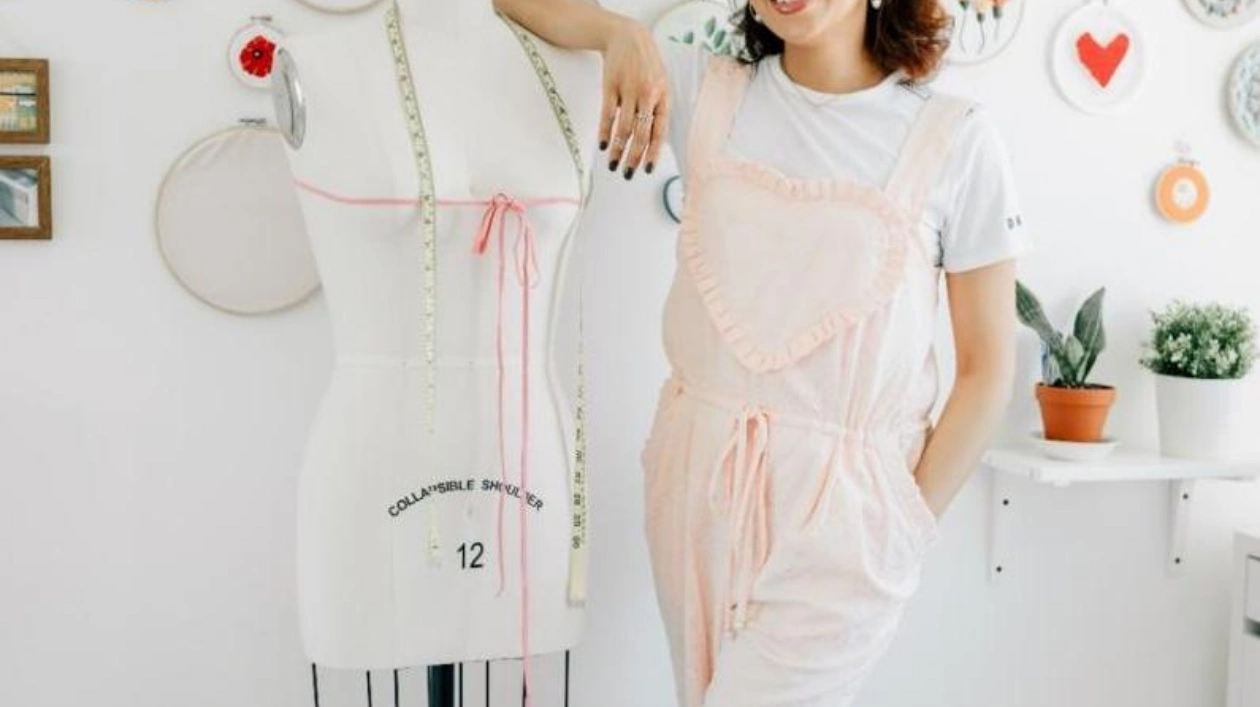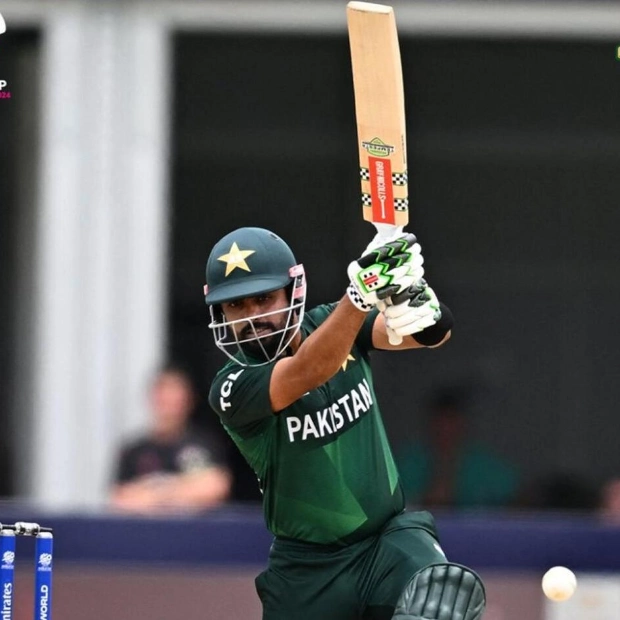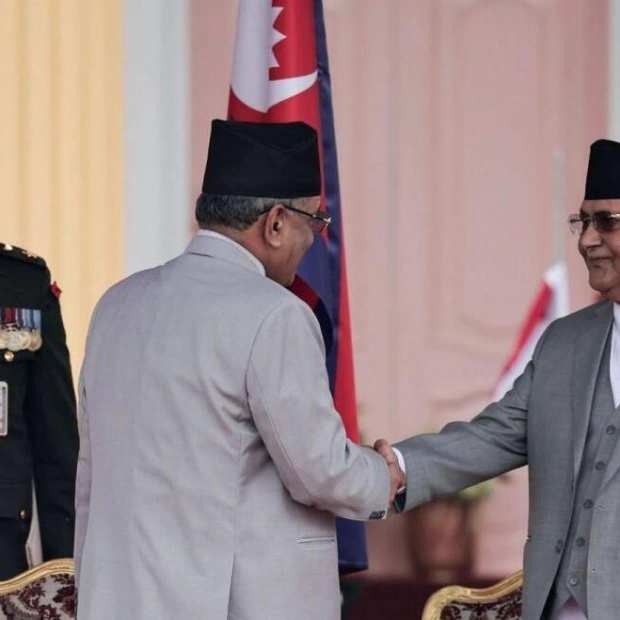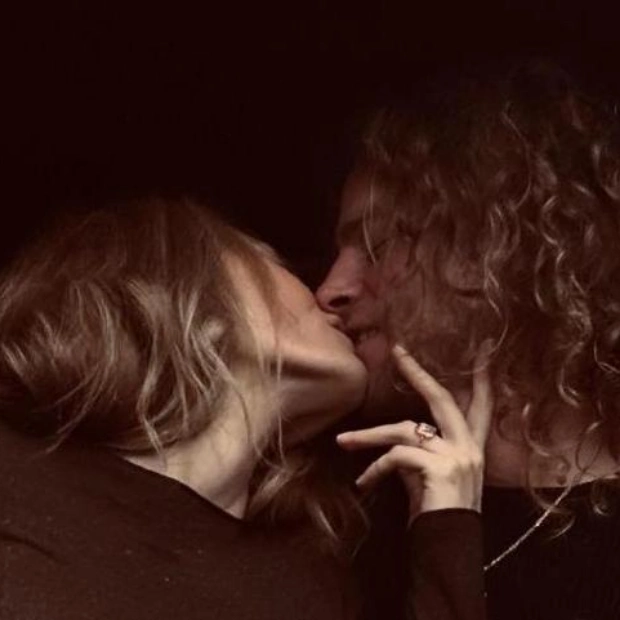Farida Talaat, based in Dubai, hails from a family deeply rooted in the arts of crafting and design, spanning from architecture and interior design to fashion and embroidery. From a young age, she was immersed in the world of fabrics and high fashion patterns. Her passion for art steered her towards the art of quilting, the intricate process of assembling multiple fabric layers. "Quilting captivated me due to its fusion of boundless creativity and vintage charm," she shared in an interview with City Times. "I was first attracted to it because of its capacity to metamorphose basic fabrics into complex, stunning artworks. I refined my abilities through extensive practice, learning from seasoned quilters, and persistently experimenting with innovative techniques and designs."
For Farida, quilting is a harmonious fusion of creativity, history, and craftsmanship. "It's a method to narrate stories through fabric, merging diverse patterns, textures, and colors to produce something truly unforgettable," she explained. "Quilting is not merely about crafting functional objects; it's a profoundly creative craft with cultural and personal importance. It links us to our legacy, facilitates artistic expression, and provides a sense of achievement in handcrafting something. I believe quilting is a dynamic skill that persists and evolves, preserving memories and leaving a legacy."
Currently, at Quild Dubai, her own venture, Farida combines the ageless technique of quilting with modern design, presenting a collection of distinctive, eco-friendly items. Each creation is a singular masterpiece, carefully handcrafted by Farida to guarantee no two pieces are identical. Her inspiration? "It originated from a wish to merge my affection for traditional quilting with contemporary attire, producing unique and sustainable pieces that narrate a story."
Born and raised in Dubai, Farida's interest in fashion, combined with her love for art, influenced her to create pieces that are not only fashionable but also exude a sense of charm and excellent craftsmanship. With Quild Dubai, she aims to produce beautiful, sustainable quilts that honor traditional craftsmanship while embracing functional, forward-looking design. "We want our customers to feel proud of owning and wearing our pieces, knowing they contribute to a more sustainable future," she stated.
We delve deeper into her sustainability ethos at her brand, discussing the design of quilts suitable for Dubai's heat and the use of traditional quilting methods to create modern fashion. Edited excerpts from an interview: Sustainability is a core aspect of your fashion brand. Can you elaborate on the environment-friendly practices you employ? At Quild Dubai, sustainability is integral to everything we do. We repurpose fabrics from various sources, including unused textiles from fashion houses and discarded but unused garments. This not only reduces waste but also enables us to create unique pieces. We also use eco-friendly materials and packaging to minimize our environmental impact.
What challenges have you faced in maintaining sustainable practices while ensuring the quality and uniqueness of each piece? One of the main challenges is consistently sourcing high-quality recycled materials. Ensuring each piece meets our standards of quality and uniqueness requires careful selection and a rigorous process. However, these challenges also drive us to innovate and find new ways to integrate sustainability into our designs.
Dubai’s climate can be quite challenging. How do you design quilts that are suitable for the hot summer months here? Designing quilts for Dubai’s hot climate involves selecting lightweight, breathable fabrics that provide comfort without adding excessive warmth. We often use materials like cotton and linen, which are ideal for summer. Additionally, our designs focus on creating layers that can be easily adjusted according to the temperature.
What materials and techniques do you use to create these summer-centric quilts? For our summer-centric quilts, we primarily use natural, breathable fabrics like pure cotton and linen as well as eco-friendly textiles. Techniques, such as thin layering, using light batting, and incorporating airy patterns help ensure that our quilts are suitable for the hot weather while still being stylish and beautiful.
You are known for blending traditional quilting techniques with modern design aesthetics. How do you achieve this balance? Achieving this balance involves a deep appreciation of traditional quilting methods and a keen eye for modern trends. We start with classic quilting techniques like hand piecing and then infuse contemporary design elements, such as bold colors, geometric patterns, and unique fabric combinations in multiple colorways, to create pieces that are both timeless and current.
Are there specific cultural motifs or elements that you like to incorporate into your designs? Yes, we love incorporating cultural motifs that reflect the rich heritage of the region. This includes traditional Arabic icons such as palm trees, and elements inspired by the natural beauty of the Middle East. These motifs add a distinct cultural identity to our pieces, resonate deeply with our audience and differentiate.
What advice would you give to aspiring entrepreneurs who want to create sustainable fashion brands? My advice would be to stay true to your initial proposition while constantly updating it over time. Brands should now be ‘born circular’ with sustainability dictating the business model, not just an after-thought. Be creative in sourcing materials and designing products, and always strive for uniqueness and unprecedented design.
What has been the most rewarding aspect of running your fashion brand? The most rewarding aspect has been being able to bring to the world our own novel design ideas and seeing them come to fruition. Also seeing our customers appreciate and connect with our work, and knowing that our pieces bring joy and add value to their lives is incredibly fulfilling.
How do you stay inspired and continually come up with new designs? I draw inspiration from various intangible sources, including my travels, art, and observations about global cultural exchange. Staying connected with the larger quilting community and keeping an eye on art happenings around the world also helps spark new ideas. Continuous learning and experimenting with new techniques ensure that our designs remain fresh and innovative.
Can you share a particular project or piece that holds special significance for you? One project that holds special significance for me is our custom baby quilts. Each quilt is created specifically for a newborn, personalized with their initials. These quilts are designed to be cherished keepsakes, wrapping them in warmth and love from the moment they are born. This project is particularly meaningful because it celebrates new beginnings and allows us to be a part of such a precious moment in a family's life.






